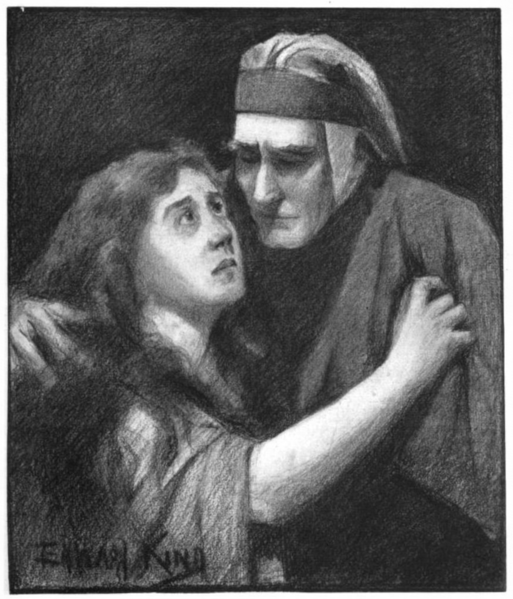 |
| Sir Henry Irving as Dante, Lena Ashwell as Pia. Painting by Edward King. |
By
Samuel L. Leiter
For comprehensive background on
Brooklyn’s pre-20th-century theatre history please see my
book, Brooklyn Takes the Stage: Nineteenth-Century Theater in
the .City of Churches (McFarland: 2024) and my blog, “Annals of the Brooklyn Stage.” The
latter is a week by week description of theatre activity in Brooklyn;
obviously, it will expand rather slowly because so much must be described and
the present blog will be occupying my attention until live theatre in Brooklyn
begins to fade over the early decades of the 20th century,
dying out by the 1930s.
The entries in this blog began as annual ones, for 1898 and 1899. Because of the large amount of memory used, which made editing them problematic, subsequent entries were shortened so they covered only several months at a time, but these too needed to be shortened. Thus, beginning with 1901: September, all entries cover a single month. The quickest way to find any of these entries is probably to click on the following link, where links to everything prior to its date are provided: DECEMBER 1901
Links to all of 1902 are here.
Before we get to the big issues roiling Brooklyn’s and the wider
theatrical world in December 1903, it’s imperative to introduce a tragic news
item about theatre that happened elsewhere this month but immediately brought
Brooklyn into the discourse. This was the burning down of Chicago’s brand new
Iroquois Theatre on December 30, five weeks after it first opened its doors.
With the loss of at least 602 lives, it remains the worst theatre fire in American
history, more than doubling the loss of lives in the previous greatest fire,
the one that took down the Brooklyn Theatre on December 5, 1876.
Let us now see what stood out on borough stages in December
to separate the wheat from the chaff. If I had to pick five thing, one would be British male
impersonator (and frequent Brooklyn guest) Vesta Tilley, earning thousands for
her vaudeville turns at Hyde & Behman’s. In the legitimate there was the
ever-charming, Liverpool-born star Annie Russell in the otherwise ordinary Mice
and Men; the scenically spectacular horse race drama Checkers; the equally,
if not more, spectacularly produced Klaw and Erlanger revival of A Midsummer
Night’s Dream, with Nat C. Goodwin as Bottom, forced to end its tour early
when its expenses outran its income; luminous musical comedy star Fay Templeton
in Runaways; and the eighth USA visit of England’s greatest actor, Sir
Henry Irving, in a five-play repertory sans his beloved leading lady, Ellen Terry,
then starring in London independently of her former partner. Wait, that's six, but who's counting?
Of this half dozen, each of which deserves several paragraphs, let’s look
only at Henry Irving’s last visit to these shores; he would die in 1905. Irving,
the first British actor to be knighted (in 1895), was probably the most renowned
actor in the world, but the repertory he brought to Brooklyn at the end of December
was a rather grim one for audiences caught up in the seasonal spirit. His receipts
at the Montauk were respectable but far from what this world-class tragedian deserved,
although he was received with much appreciation by the borough’s “cultured and
art-loving people,” as the Citizen’s H.D.F. observed.
His principal piece was Dante, adapted from the
French of Victorien Sardou and Émile Moreau, in which he played the great
Italian poet. He had received universal acclaim for it at Drury Lane in London,
prompting this tour, during which he intended to focus on this play alone. Fortunately,
sets and costumes in other plays of his familiar repertory were shipped to the
USA as well; Dante was not popular with the critics, and the actor was
able to supplement it with other work.
The play, rather than trust to a convincing biographical
portrait of the soldier, poet, and statesman, concocts a story of an illicit
love affair that never actually happened, while paying little attention to his
magnificent contributions. Nevertheless, Irving gave “a powerful and artistic
impersonation of Dante, that is characteristic of his genius. . . . In his
appeal to the imagination by facial expression, gesture and vocal charm, the
actor suggests much that the actors have ignored,” wrote H.D.F. in the Citizen
of December 27.
As the listings below reveal, there was lots of musical,
melodramatic, and farcical chaff to enjoy both at the combination theatres and
the four continuing (for the moment) stock companies run by the Spooners, Corse
Payton (two), and Louis A. Phillips. The ordinariness of the offerings was highlighted
by yet two more weeks (one each at different theatres) by Denman Thompson in
his perennial The Old Homestead.
It’s important to be reminded of the depression then being
felt in theatrical business in New York and around the country, but not—as yet—in
Brooklyn. The pundits were busy trying to explain the slowdown that had followed
two years of theatrical prosperity. I don’t intend to get into the weeds about
it here, but will note that, after Broadway enjoyed a strong summer season and
a promising September opening, things went rapidly downward with empty seats increasing
weekly in the better houses.
Most of the new offerings were rejected by the public, and
show after show was being shelved by major stars like Julia Marlowe and James K.
Hackett. The production of A Midsummer Night’s Dream, mentioned earlier,
one of the most expensive Shakespeare revivals ever, could not last through the
winter and would close soon after playing Brooklyn. New musicals costing the
then exorbitant amounts of $25,000 and $50,000 were flopping left and right,
and touring shows were halting their progress and limping home to New York,
either to vanish for good or be reworked.
Were there too many theatres, as David Belasco believed? Was
it necessary to apply surgery to the struggling shows, as was happening every
day? Was the Theatrical Syndicate’s attempt to evade serious competition by its
control of countless theatres at fault? Something was causing the decrease in
good plays and competent actors. Should the recent practice of modestly gifted
actors boosting themselves to premature stardom be accused? How much should be
blamed on the current Wall Street slump? While fingers could be pointed at some
of these problems, it could also be argued that the syndicate had done valuable
things for the theatre business, that it had, among other things, promoted the
building of many fine theatres, boosted the salaries earned by actors up and
down the line, and protected many productions from contract-breaking managements.
Interestingly, even as late as 1903, theatricals were still
arguing about whether the system of traveling combinations, which began replacing
the stock company system after the Civil War, was the best policy for American
theatre. The recent resurgence of stock had created much interest, but it would
prove a passing fancy and the combinations were here to stay, until even they
disappeared as a new form of entertainment drew audiences to fill theatre seats.
Too many inferior shows were choking the market, as fads for
one or another type of theatre led to overproduction in these areas. The recent
vogue for musical comedies led to a glut of such expensive shows, leading to few
being able to survive. Then there was the excessive number of shows created for
popular stars and based on such stars’ last success, leading to artistic repetition
and audience boredom, with the actor trapped in playing the same kind of role over
and over.
Meanwhile, Brooklyn audiences were playing to capacity at a
high percentage of performances. H.D.F. of the Citizen (on December 6) believed
that the theatre business in general was suffering a merely temporary setback
and would brighten after 1904’s presidential election. We shall see one of
these days. What Brooklyn theatre folk were immediately tuned in to was the
coming of the new legitimate theatre on Fulton opposite the Orpheum at Rockwell
Place. Its name, the Majestic, was yet another for a Brooklyn venue sharing its
name with one in New York, often to the confusion of later historians, not to
mention contemporary theatregoers.
It was predicted that the presence of another high-priced legit
playhouse in a town presently occupied by only two, the Montauk in the Western
District and the Amphion in the Eastern, would shake things up. Both were in
syndicate hands, a situation created when the Columbia abandoned combinations
and (for a time) joined the stock company fad. Brooklynites seeking the more
elite productions were at the mercy of the syndicate’s choices and prices
unless they crossed the river or visited the stocks, which had sprung up to
fill the gap. For the past two seasons, the stocks had provided at cheap prices
plays that had once opened locally in more expensive productions, and often did
plays that never made it to Brooklyn at all.
But the number of Brooklyn stocks had been halved since last
season, there now being only the main ones of the Bijou, run by the Spooner
family, and the Lee Avenue and Fulton Street Theatres, managed by Corse Payton.
Operating in their shadow was Phillips’ Lyceum, a cheap stock theatre ignored
by the papers covering Western Brooklyn. And Payton was struggling to keep the Lee
Avenue solvent, even planning to rent it out soon to a combination managed by the
defiant David Belasco.
The “Bishop of Broadway” refused to bring his hit production
of the Japan-themed Darling of the Gods, with Blanche Bates, to one of
the syndicate’s Brooklyn houses, where he’d be forced to accept their terms. Belasco’s
shows were always profitable, and the syndicate feared seeing this one being so
successful under independent auspices that it threatened their hegemony, here and
elsewhere.
The new Majestic was not to be a syndicate theatre since it
was owned by a separate cross-country circuit of popular-priced melodrama
venues managed by Stair and Havlin, who had combined with the Independent
Booking Agency for the latter’s high-priced shows to play at Stair and Havlin
theatres, to which the latter subsequently added new ones in various cities. Leading
independents Mrs. Fiske and James K. Hackett thereupon opened some of these,
which shifted to cheaper prices when the shows were of a different quality.
What kind of pricing the yet-to-be opened Majestic would employ was not yet
decided.
The need for a new, independent theatre in Brooklyn
increased with the recent burning down of the Brooklyn Academy of Music , since
such actors and managers seeking to avoid syndicate control had often depended
on the Academy. It was yet to be seen if there were enough independents to
profitably fill the Majestic for a season. The theatrically interested press
and public were on tenterhooks to see some real competition in Brooklyn.
(As a sidenote, it should be stated that various parties were
already discussing the creation of a new Academy of Music, since the borough
needed a multi-use institution such as the old Academy had been. This would become
a reality in 1908 when the still very active Brooklyn Academy of Music was built
less than a mile from the original.)
The Academy fire had put the fear of a theatre fire in
everyone’s mind even before the Iroquois Theatre burned down. Thus, one can
imagine the panic when an alarm was tripped at the Bijou Theatre on December 25
by a blaze not in the theatre itself but at a theatrical boarding house located
nearby at 152 Livingston Street when a Christmas tree caught fire. An audience
was watching the play performed by the Spooner Stock Company when three engines
and the hook and ladder trucks arrived, followed by all the reserves from the
Adams Street Police Station, not to mention the several thousand onlookers who
quickly gathered at the news that the Bijou was burning (it was not). Out the
window went the tree, the fire was doused, and the problem was solved. For all
the commotion, wrote the Citizen, “Not a sound of what was going on outside
was heard in the theater, and no announcement was made by the management.”
Finally, there is this curious incident concerning the Black musical prodigy, Thomas “Blind Tom” Wiggins, who would today be called an
autistic savant, and whose remarkable musicianship was discovered while he was
an enslaved blind child in Georgia. If you don’t know who he was or of what he was
capable musically, do yourself a favor and look him up online. Here I can only
relate that he was performing in December 1903 at the Orpheum, owned and
managed by Percy G. Williams, when someone signed “John P. Jenkins” of 398
Fourth Avenue, Brooklyn, wrote to the Eagle that the Orpheum performer
couldn’t be Blind Tom, as that man had died in the Johnstown Flood. He substantiated
this by claiming to have resided in Johnstown at the time. He insisted Tom was
buried in the town cemetery with a tombstone marking the spot.
Williams forcibly responded that Blind Tom was very much
alive. Williams also had heard stories of Tom being buried in Johnstown, but insisted
that the artist on his stage was the living man. Meanwhile, the Eagle could
find no residence at the address given in the letter, just empty lots, nor
anyone locally who knew a John P. Jenkins. Williams offered $1,000 to any local
charity that could prove any fraud, adding, “Blind Tom never had an equal. He
is a human phonograph. He can duplicate any sound he has ever heard. He can
listen to a speech, and repeat every word of it, without understanding the
meaning of one word that has been uttered.” History records that Blind Tom, a rare
genius exploited by greedy men, died in 1908, and was buried in an unmarked grave
in Brooklyn’s Evergreens Cemetery.
1.
November 30-December 5, 1903
Amphion: The Tenderfoot, with Richard Carle
Bijou: (Spooner’s Stock Company) The Blue Letter
Columbia: A Hot Old Time, with Johnny and Emma Ray
Folly: Our Bridget’s Dream, with George W. Monroe
Gotham: A Fight for Millions
Grand Opera House: A Prince of Tatters, with Al H.
Wilson
Montauk: Mice and Men, with Annie Russell
Novelty: A Human Slave
Park: The Christian
Payton’s Fulton Street: (Payton Fulton Street Stock Company)
The Mantle of Charity, with Corse Payton
Payton’s Lee Avenue: (Payton Lee Avenue Stock Company) The
Octoroon, with Etta Reed Payton
Phillips’s Lyceum: (Lyceum Stock Company) The Convict’s
Stripes
Vaudeville and burlesque: Hyde & Behman’s, Star, Gayety,
Orpheum, Unique, Watson’s
2.
December 7-12, 1903
Amphion: Checkers, with Thomas W. Ross
Bijou: (Spooner’s Stock Company) The Lottery of Love
Columbia: The Wayward Son
Folly: A Prince in Tatters, with Al H. Wilson
Gotham: On the Stroke of 12
Grand Opera House: The Old Homestead, with Denman
Thompson
Montauk: A Midsummer Night’s Dream, with Nat C.
Goodwin
Novelty: From Rags to Riches
Park: Ole Oleson, with Ben Hendricks
Payton’s Fulton Street: (Payton Fulton Street Stock Company)
Two Nights in Rome, with Corse Payton
Payton’s Lee Avenue: (Payton Lee Avenue Stock Company) Monte
Cristo, with Etta Reed Payton
Phillips’s Lyceum: (Lyceum Stock Company) The Buffalo
Mystery
Vaudeville and burlesque: Hyde & Behman’s, Star, Gayety,
Orpheum, Unique, Watson’s
3.
December 14-19, 1903
Amphion: amateur performances this week only
Grand Opera House: The Ninety and Nine
Montauk: The Runaways, with Fay Templeton
Novelty: A Fight for Millions
Palm Garden: (Rialto Stock Company) The Last Shot (Thursday,
December 17)
Park: Escaped from Sing Sing
Payton’s Fulton Street: (Payton Fulton Street Stock Company)
The Prince of Liars, with Corse Payton, cancelled because of Payton’s
illness; moved to next week
Payton’s Lee Avenue: (Payton Lee Avenue Stock Company) Mary,
Queen of Hearts
Phillips’s Lyceum: (Lyceum Stock Company) The Span of
Life
Vaudeville and burlesque: Hyde & Behman’s, Star, Gayety,
Orpheum, Unique, Watson’s
4.
December 21-26,1903
Amphion: The Rogers Brothers in London, with the
Rogers Brothers
Bijou: (Spooner’s Stock Company) Sweet Nell of Old Drury
Columbia: Child Slaves of New York
Folly: Wedded and Parted
Gotham: The Great White Diamond
Grand Opera House: The Worst Woman in London, with
Nora Dunblane
Montauk: Dante, “Waterloo,” The Bells, The
Merchant of Venice, Louis XI, with Sir Henry Irving
Novelty: Too Proud to Beg
Park: Peck and His Mother-in-Law Abroad
Payton’s Fulton Street: (Payton Fulton Street Stock Company)
The Prince of Liars, with Corse Payton
Payton’s Lee Avenue: (Payton Lee Avenue Stock Company) All
the Comforts of Home, with Etta Reed Payton
Phillips’s Lyceum: (Lyceum Stock Company) Beware of Men
Vaudeville and burlesque: Hyde & Behman’s, Star, Gayety,
Orpheum, Unique, Watson’s
5.
December 28, 1903-January 2, 1904
Amphion: The Runaways, with Fay Templeton
Bijou: (Spooner’s Stock Company) Our Cinderella
Columbia: To Be Buried Alive
Folly: The Old Homestead, with Denman Thompson
Gotham: From Rags to Riches
Grand Opera House: Drink, with Charles Warner
Montauk: Three Little Maids, with Frohman and Edwardes’
London Musical Comedy Company
Novelty: At Cripple Creek
Park: The Heart of a Hero
Payton’s Fulton Street: (Payton Fulton Street Stock Company)
Jim, the Penman, with Corse Payton
Payton’s Lee Avenue: (Payton Lee Avenue Stock Company) Vanity
Fair, with Etta Reed Payton
Phillips’s Lyceum: (Lyceum Stock Company) The Angel of
the Alley
Vaudeville and burlesque: Hyde & Behman’s, Star, Gayety,
Orpheum, Unique, Watson’s




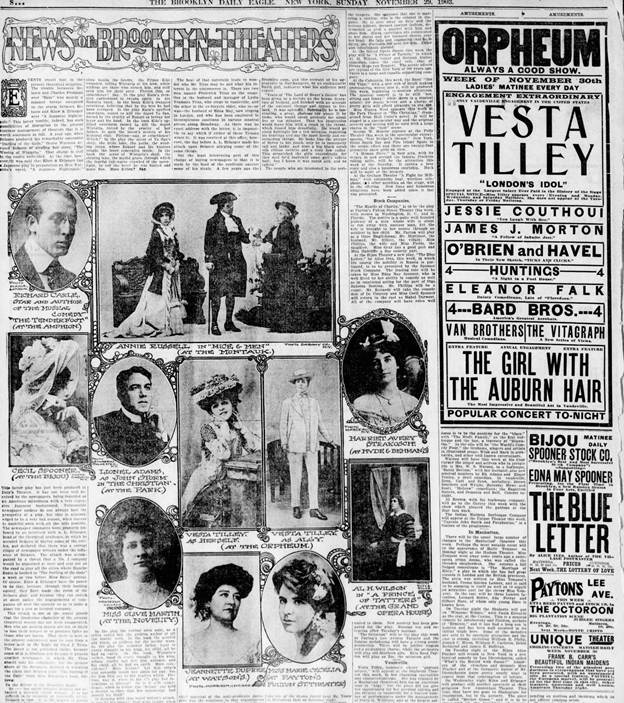





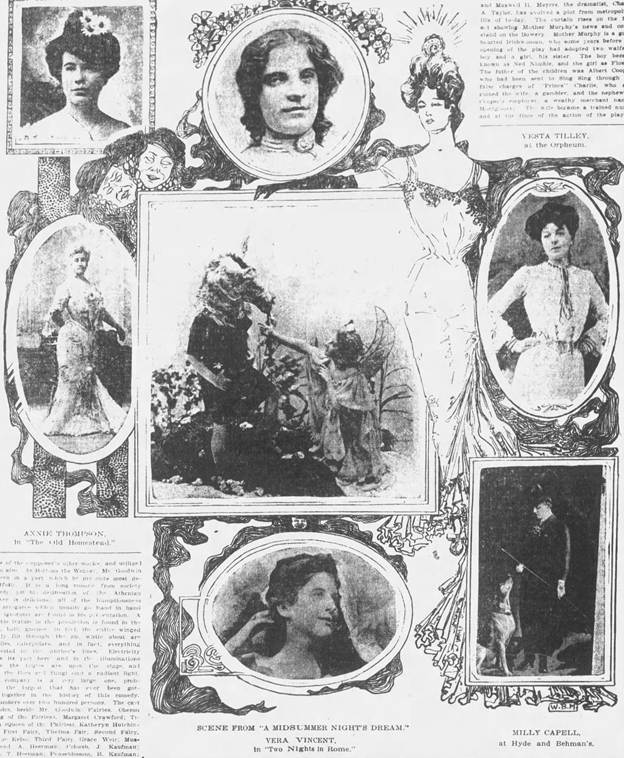
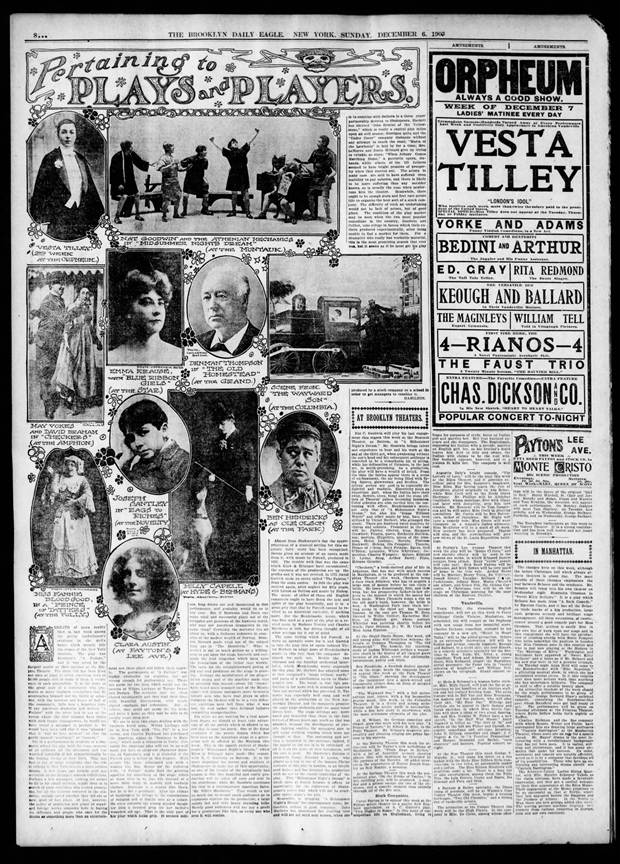

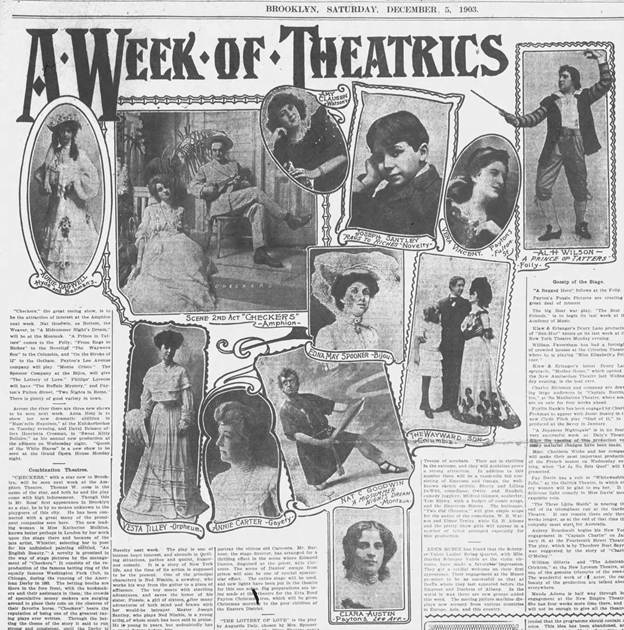





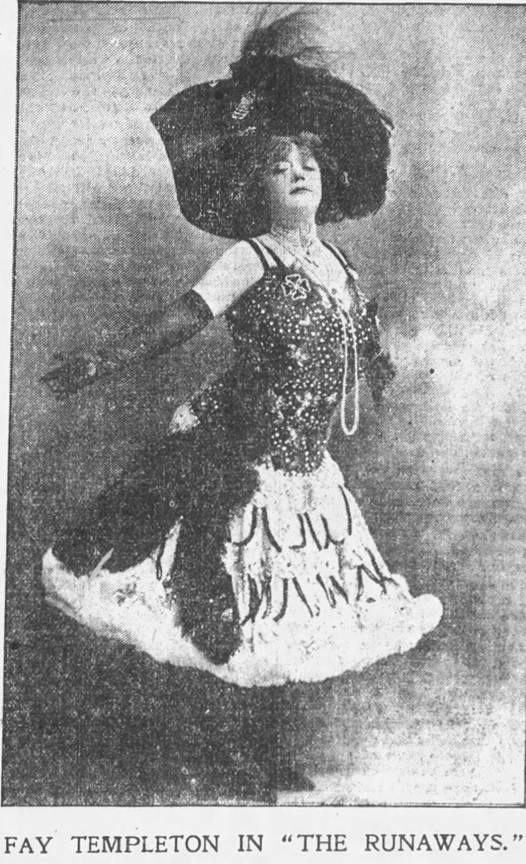

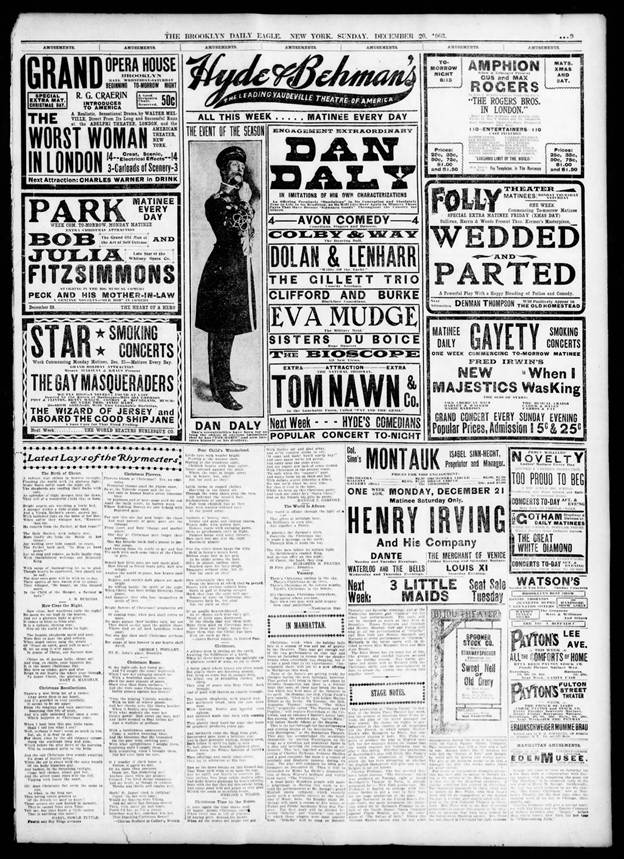


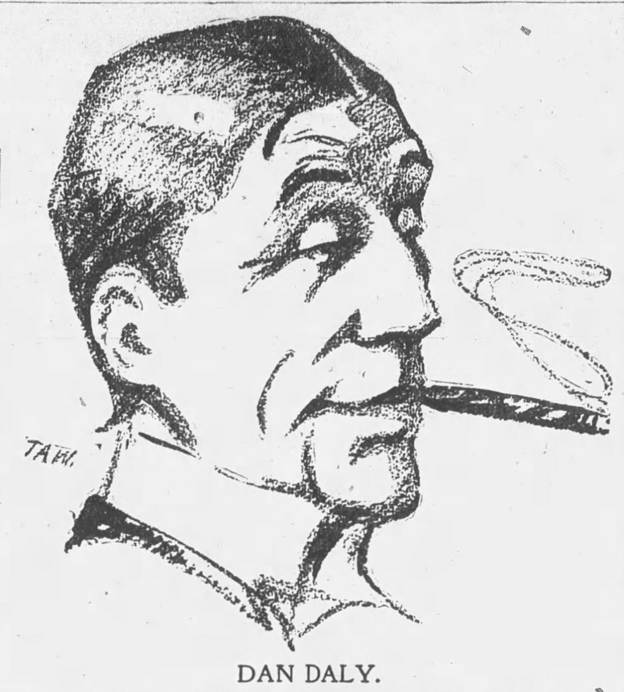
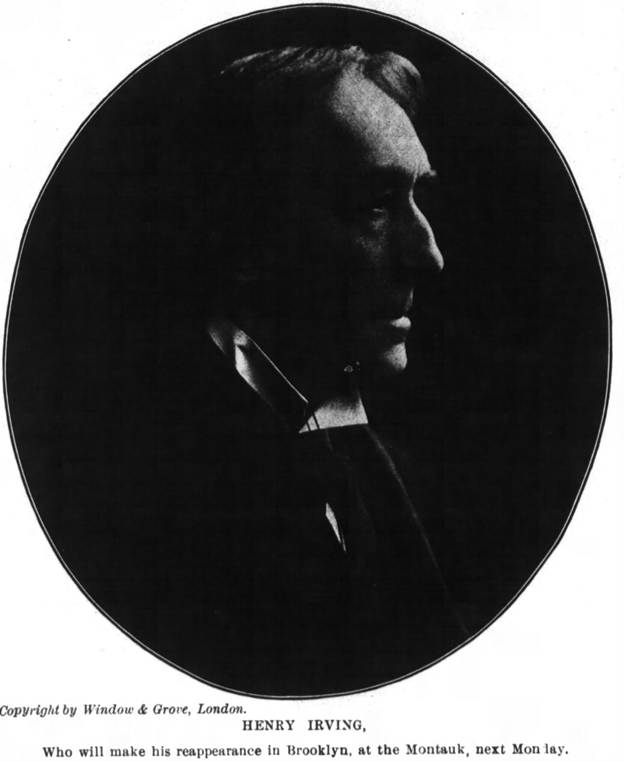




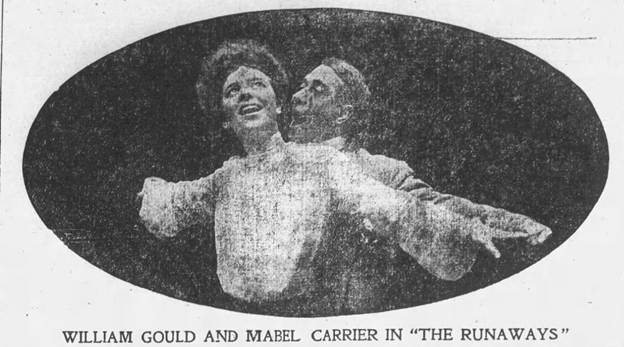





No comments:
Post a Comment